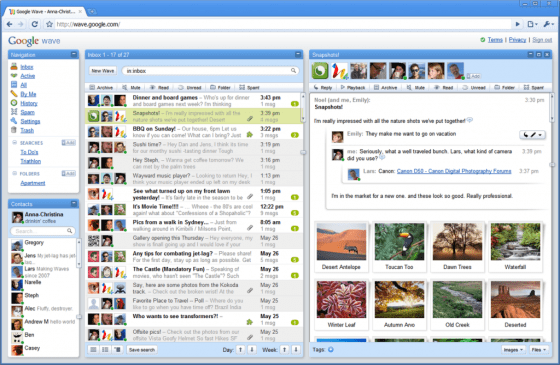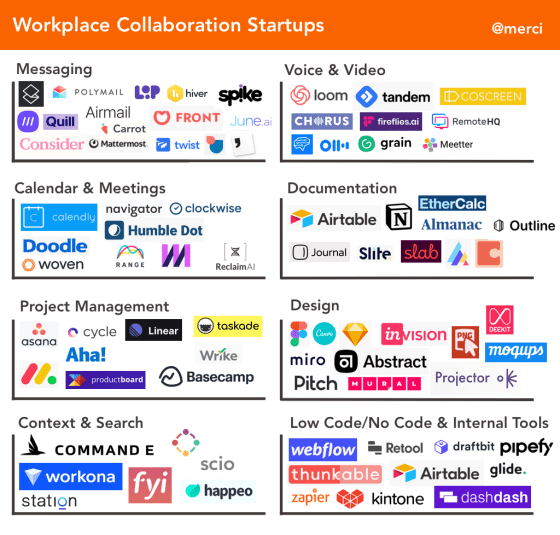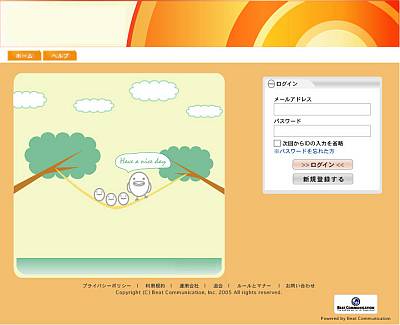What are the ``three failures'' that Google made with ``Google Wave'', a service that was too ahead of its time?

by
In response to the spread of the new coronavirus infection (COVID-19), an increasing number of companies are introducing remote work, and the presence of 'collaboration tools' such as the chat service Slack and the task management service Trello is increasing day by day. Masu. Taskade , a company that develops task management tools, explains why Google Wave , a service released by Google in 2009 that can be said to be the forerunner of collaboration tools, ended in failure, with development ending less than two years after its release. analyzes it on his blog.
Google Wave's Failure is a Great Lesson for Modern Real-Time Collaboration Tools - Taskade Blog
https://blog.taskade.com/google-wave-history/
Google Wave is a service that was born from the question, ``What would happen if we remade email into a modern form?'' It was possible to communicate in real time using luxuriously formatted text and images, and to collaborate on wikis. You can clearly see how Google Wave works by watching the movie below.
Meet Google Wave - YouTube
The Google Wave project was entrusted to brothers Lars and Jens Rasmussen . The Rasmussen brothers will first begin developing a product called ``Walkabout'', which is a prototype of Google Wave. The ultimate goal of Walkabout is to provide answers to questions about online communication methods, such as ``Why are there different communication methods such as email, chat, and documents?'' and ``Isn't there a simpler way to communicate?'' It was something.
Google Wave was officially announced and demoed at Google I/O in 2009.
Google Wave Developer Preview at Google I/O 2009 - YouTube
Although it was officially announced, Google Wave is still in the testing stage and there are many things that need to be improved. Therefore, Google decided to conduct early active testing with about 6,000 developers. However, this was Wave's first failure. Despite being a tool that encourages online collaboration, taskade claims that limiting the number of users to 6,000 hindered the expansion of the service's use. In September 2009, Google invited 100,000 new users to Google Wave, but was only able to increase active users to 27,000. Jens Rasmussen, head of development at Wave, said he was optimistic about the situation back in 2009, as ``Google Wave was the top trending technical topic on Twitter in 2009.'' is.
Google Wave was officially released in May 2010 with enhanced group functionality and notification functionality. However, the time that Google Wave was introduced at Google I/O in 2010 was significantly shorter than in 2009. In an interview conducted in 2010, Jens Rasmussen said, ``Google Wave is in the recovery phase of the hype cycle , and the number of actual usage cases is increasing.'' It seems that your confidence has weakened a little. Google Wave faced a second problem: ``The team did not know exactly how to develop Google Wave and what kind of product it should be.''

In August 2010, Google announced that it would tone down the development of Google Wave. Eventually, the Google Wave project was abolished, and the technology was taken over by an open source project called 'Google Shared Spaces' and 'Apache Wave', which used the original protocol used in Google Wave. Then, in April 2012, Google shut down Wave's servers. In 2018, the open source project Apache Wave was also terminated, and Google Wave disappeared from this world.
Regarding the failure of Google Wave, taskade said, ``It was not possible to successfully take advantage of the product's topicality due to the incomplete product release,'' and ``The product's direction and market positioning were inappropriate.'' In addition to this, ``Google Wave was introduced too early'' is also cited as one of the reasons. There are many collaboration tools available today, but when Google Wave was released, message threading and wiki collaborative editing were so revolutionary that many users did not realize the true value of Google Wave. He said.

As for what we can learn from Wave's failure, taskade concludes that 'positioning is everything.' In a world full of various options, if you do not recognize what value the service you develop will bring, it will end in failure without being used by users. Taskade analyzes that it is necessary to be conscious of 'what, to whom, and when the service should be provided' for the service you develop, after setting up a development period that allows you to fully complete the product. I am.
Related Posts:
in Web Service, Posted by darkhorse_log







